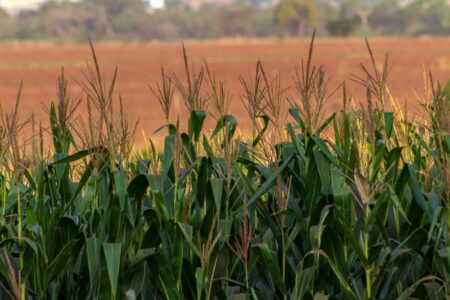The rise in temperature and more droughts are just a few ways climate change affects Texas. These changes will affect agriculture, public health, and infrastructure, and the effects of climate change will be felt far beyond the state’s borders.
Increase in Heatwaves
One of the most alarming aspects of climate change is its impact on Texas’ heat. The recent heatwave has brought unseasonably high temperatures to Texas and raised questions about the state’s power grid capacity. Likewise, sweltering days and nights are less likely to provide relief to people with respiratory illnesses. And the heat doesn’t stop at the city limits.
The temperature trends of Texas are rising at a faster rate than the global average. The number of 100oF days is expected to double in the next 15 years, and the hottest days of summer are likely to become hotter than they were in the 1950s. The state’s climatologist, John Nielsen-Gammon, recently released a report detailing the temperature trends in Texas since 1975. The rising temperatures are expected to affect public health and industry sectors like construction. Workers will have to be more protective, and employers may sacrifice productivity for warmer days.
Drier conditions
According to researchers, Texas has been experiencing drier conditions due to climate change for over three years. While the 1950s drought was severe, this one has been deemed a more extreme situation. According to state climatologist John-Nelsen Gammon, the 2011 drought in Texas set the driest year on record. This year, extreme temperatures also contributed to the drier conditions by increasing evaporation and decreasing river levels.
Recent climate models suggest that Texas’ precipitation pattern will change in the future. The state is expected to experience drier conditions at the end of the century. However, climate models suggest that Texas’ average annual precipitation will only change slightly by 2036. While summers will become drier, winters will remain wetter. These changes are likely to occur more frequently and severely with higher greenhouse gas emissions.

Increase in heat-related deaths
Researchers have mapped increased mortality days in Texas when temperatures rise above the city’s threshold for excess mortality. In Houston, that threshold is 110oF. This year, the town had five days above the threshold, but by mid-century, the number will be 12. Heat-related deaths have increased every year in Texas since 2010, but the cause of death is often not clear. This study will look at the reasons for these increased mortality days and how they may be linked to climate change.
While extreme heatwaves are the leading cause of weather-related death in the U.S., a portion is caused by diseases that are not generally considered weather-related. Respiratory and circulatory conditions cause most heat-related deaths. Heat-related mortality increases in northern cities in the United States, particularly among the elderly. The authors estimate that climate change will increase deaths in Texas and other hotter regions.
Impact on agriculture
The U.S. Department of Agriculture notes that drought is one of the top production risks in U.S. agriculture. Drought can lower crop yields, lead farmers to reduce planted and harvested acreage, and increase costs associated with production inputs. Droughts affect the livestock sector, accounting for 60% of Texas agriculture production. In Texas, pasture damage may take years to recover from, so the shortages can affect farmland.
The impact of climate change on agricultural productivity varies across regions, but there are general trends. In Texas, for example, temperatures may be slightly warmer than in the Southeast, causing increased crop yields. Cotton yields may also increase, but the effects are mixed, with some areas experiencing gains and some experiencing losses. In addition to reduced crop yields, higher temperatures will likely decrease labor productivity and increase heat-related mortality.
Impact on real estate
While many communities around the country are trying to deal with climate change, Texas real estate is not immune to the effects of this phenomenon. Rising sea levels will cause the displacement of 200 million people worldwide by 2100. The impact of climate change will begin to affect people today, as people growing up now will be affected by them in their lifetimes. Rising sea levels are already impacting where people can live, with lower-income areas being the worst hit.
Some economists and climate scientists warn that these impacts are already happening in Texas. According to Popular Science, the current trend of a warm climate will only increase the risk of natural disasters and wildfires. However, the economic and regional planning communities urge governments to implement stricter regulations to address these concerns. If a property is not adequately insured for climate change, homeowners could face an increased risk of disaster and financial loss.














